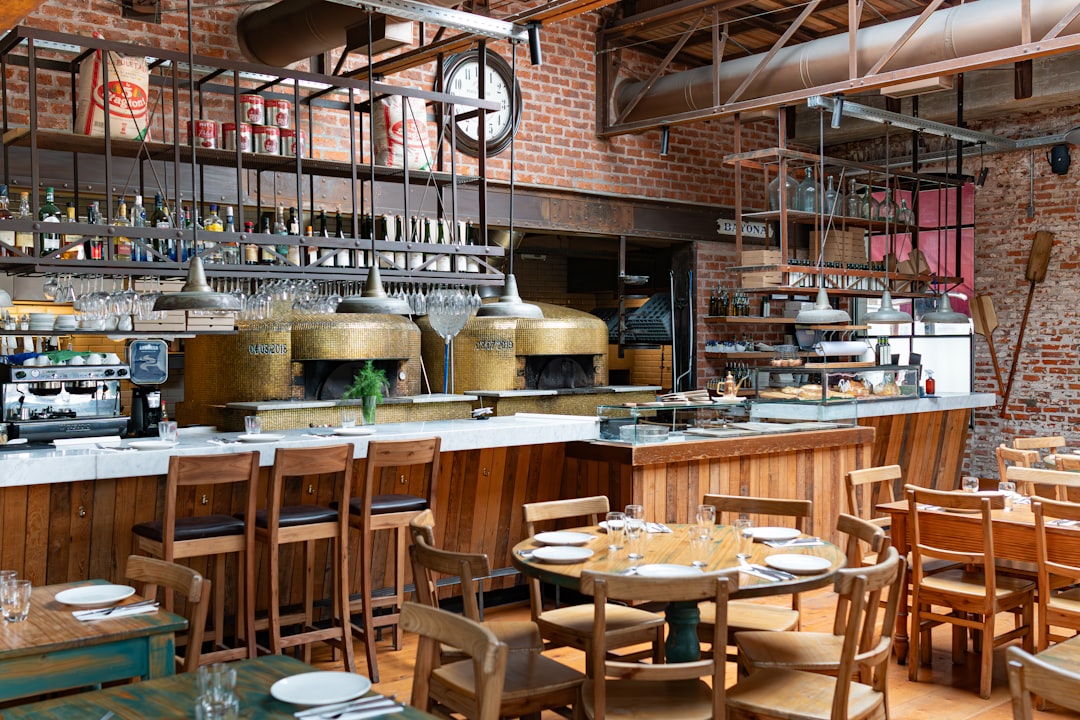Restaurant staffing shortages have become a persistent headache for owners and managers across the U.S. If you're struggling to fill positions or keep your team intact, you're facing an industry-wide challenge that has only intensified in recent years. Let's dive into why this is happening and what you can actually do about it.
The statistics paint a clear picture of the challenge:
These aren't just numbers—they represent real operational challenges that affect your bottom line every day. When three out of five restaurants can't meet customer expectations, that translates directly to lost revenue, damaged reputation, and increased pressure on your existing team.

COVID-19 didn't create the restaurant staffing crisis—it magnified problems that were already brewing. When lockdowns forced mass layoffs in 2020, many workers took the opportunity to reevaluate their career choices. The food industry changed dramatically during this period, and many former restaurant employees simply never returned.
Consider Maria, a server with 12 years of experience who was laid off in March 2020. During the pandemic, she took online courses in digital marketing and now works remotely for an e-commerce company. "I miss the energy of restaurant work sometimes," she says, "but not the physical toll, inconsistent income, or late nights away from my family."
The hard truth is that restaurant work has long been characterized by:
These struggles of working in the restaurant business were tolerated pre-pandemic, but today's workers have more options and higher expectations. The industry's reputation for high-pressure environments and limited compensation has made recruitment increasingly difficult in a tight labor market.
Workers now face competing opportunities in other industries that offer:
When Amazon warehouses offer $18/hour with benefits and consistent schedules, and gig economy platforms provide flexible income opportunities, restaurants with $12/hour starting wages and variable schedules face an uphill battle for talent.
While raising wages isn't always feasible for every restaurant, creative compensation can make a difference:
According to the National Restaurant Association, competitive compensation remains the top factor in attracting new talent in today's market. One Boston restaurant owner found that offering health insurance subsidies of just $100 per month reduced turnover by 22% within six months.
The traditional rigid restaurant schedule is driving workers away. Consider:
One restaurant manager in Chicago reported a 35% reduction in turnover after implementing a flexible scheduling system that gave staff more control over their hours. "We created a core team approach where staff primarily work either lunch or dinner shifts, with minimal crossover," she explains. "People know what to expect week to week, which has dramatically improved retention."
Show potential hires there's room to grow:
The fast-casual chain Chipotle has become known for promoting from within, with over 90% of its managers rising from crew positions. This clear path to advancement has become a cornerstone of their recruitment strategy and contributes to their lower-than-industry-average turnover rates, according to industry research.
A toxic work environment will undermine any recruitment efforts. Focus on:
Culture isn't just about happy hours and staff parties. It's about creating an environment where people feel valued, respected, and part of something meaningful. As one successful restaurateur put it: "You can raise wages all you want, but if your kitchen is a pressure cooker of stress and shouting, people will still leave."
While technology can't replace human workers, it can help optimize your existing team:
Many restaurants have found that technology investments allow them to operate effectively with smaller teams. This is especially important when restaurant owners struggle to pay staff competitive wages.
A taqueria in San Diego implemented tableside QR code ordering during the pandemic and maintained it afterward, allowing them to reduce front-of-house staff by 30% while actually improving service speed. The remaining servers now handle more tables but focus on hospitality rather than order-taking.

Sometimes, the solution involves rethinking your entire operation:
A neighborhood bistro in Portland found that reducing their dinner menu from 32 to 18 items not only simplified kitchen operations but actually increased revenue as the kitchen team executed more consistently with the streamlined offerings. "We can now fully train a line cook in two weeks instead of a month," the chef-owner reports.
The restaurant staffing crisis won't be solved overnight, but forward-thinking operators are creating new models that work for both the business and employees. This means:
As Restaurant365 notes in their industry analysis, restaurants that view staffing as a long-term strategic priority rather than just an operational expense are seeing significantly better retention rates and recruitment success.
Start by assessing your current operation with fresh eyes:
The restaurants that will thrive despite the staffing crisis are those willing to evolve. By addressing the fundamental issues driving the shortage rather than just the symptoms, you can build a more resilient operation that attracts and retains the talent you need.
